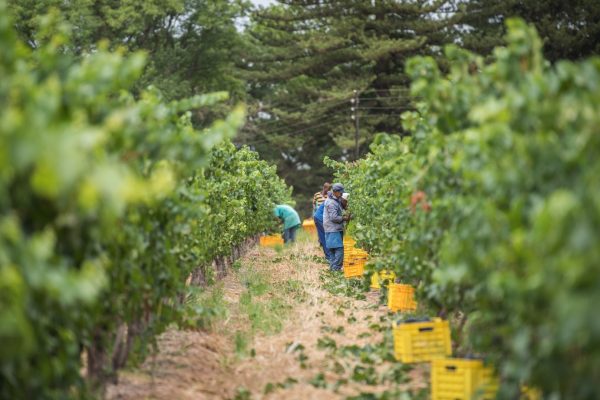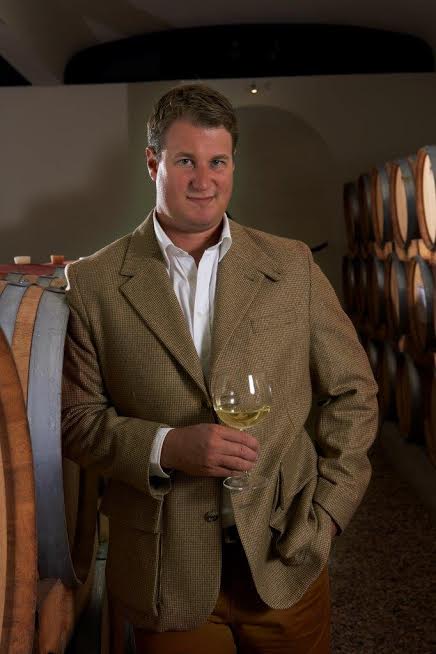It is hot, it is dry, but the Chardonnay harvest of 2018 on De Wetshof Estate has delivered a grape crop in excellent health despite the yield being some 10% lower than average. “We expected a lower yield seeing as this is our fourth dry season in a row, and definitely the driest I have ever experienced during my career on De Wetshof. However, we did have some welcoming cool weather during the flowering season,” says CEO Johann de Wet.
“The saying is that wine is made in the vineyard, and that is true, but this year the role of man in various aspects of viticulture and cellar management must not be underestimated,” he says. “Along with good grapes, it took a lot of good people, their skills and dedication to bring in a Chardonnay harvest that is showing young wines of freshness, varietal character and complexity.”
Managing vineyard irrigation in a perfect storm of dry soils and limited water supplies played a key in this year’s harvest.
“Over the past year Robertson received less than half the average annual rain-fall of 300mm, and although we have not been as affected as other regions, water-management has played a crucial role in the build-up to this year’s harvest,” says De Wet.
“Fortunately the high clay content of De Wetshof’s soils helped massively in sustaining the vines due to clay’s water-retention ability. Once the water got down deep to where most of the roots are, the soils remained moist and cool. This allowed the plant to go through the processes of bud-break, berry-set, veraison and overall ripening in conditions conducive to a healthy crop.”
Despite one or two intensely hot days in December 2017, a feature of the ripening season was relatively mild weather conditions. “This helped enormously in the dry environment, and the cool nights and temperate days definitely contributed to quality we are seeing in the young grapes,” he says. “The southerly winds from the Indian Ocean also played their part, as they usually do this time of the year, and the daily breeze through the vineyards kept diseases away, resulting in plants currently being in excellent health.”
The heat began in January, and ironically harvesting commenced a week later than usual in the third week of the month. “The vines were slow in achieving ripeness, phenolic ripeness showing before the desired sugar levels, so we expect lower alcohol levels on this this year’s wines,” he says. “But when we began harvesting it was all systems go, a round the clock affair – De Wetshof harvests 200ha of vineyards, 70% of which are Chardonnay blocks ripening in tandem.”
Harvesting starts at 2:00 in the coolness of pre-dawn and plays a major role in getting cool, fresh grapes into the cellar. “. The condition of these grapes allows the cellar team to capture the zest of the fruit, which is of real importance in a year like 2018,” says De Wet. “And once the mercury hits 27°C, all harvesting stops. The bunches are therefore allowed to rest during the heat of day, and cool down at night – leaving them revitalised and fresh to be harvested the next morning. ”
The juice and young wines exhibit clean, fresh flavours with the characteristics of De Wetshof’s site-specific vineyards already coming to the fore.
“The traits of the different sites where the vineyards are planted can already be picked up in the young wines, and although it is still early days, I predict a good harvest of superior quality that will allow each one of our terrain-specific wines to display their unique characters,” he says.
The proof of the labours and the nature of the harvest will be evident in July this year when De Wetshof’s unwooded Chardonnays are released.






